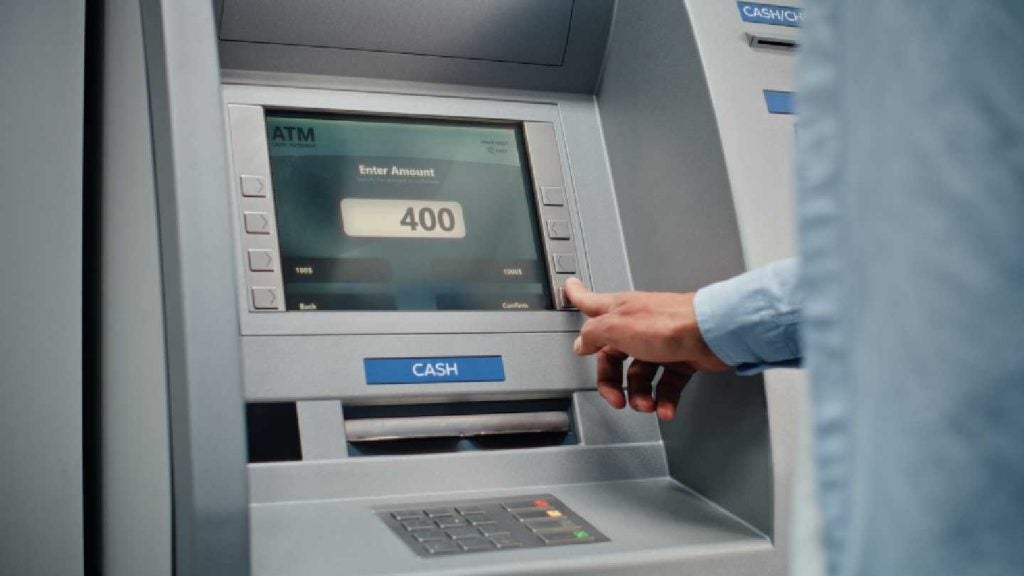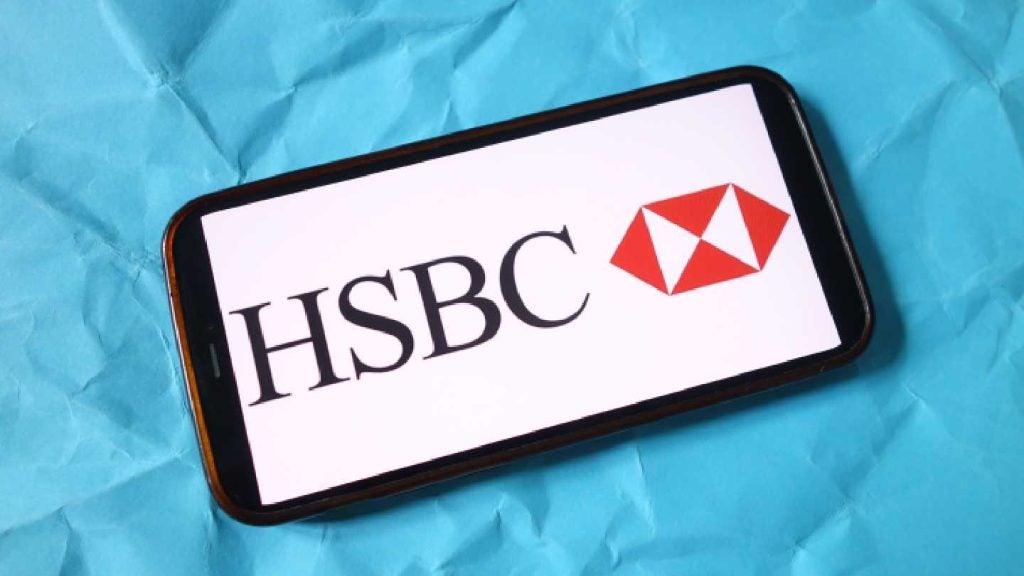American Express’s business model, focused on the prime
and super prime market segments, has so far managed to avoid the
escalating subprime woes in its core US market. The company has
reported strong interim results, and says the prospects for future
growth look promising, reports Truong Mellor
 Despite the escalating US
Despite the escalating US
subprime mortgage market crisis and the spiralling effect it has
had on the credit industry both in the US and abroad, American
Express has posted strong half-yearly results that continue to
build on the business momentum of both 2006 and the first quarter
of 2007.
Revenues net of interest expense for the second quarter
increased 12 percent to $3.6 billion, according to Amex, reflecting
higher spending and borrowing by consumers and small
businesses.
Year-to-date revenues net of interest were up 10 percent, while the
company’s ROE grew by 38 percent. Within Global Network Services
(GNS), its partnership with financial institutions that issue Amex
cards such as Bank of America and Citi, billed business rose 62
percent, driven notably by continued triple-digit growth in the
US.
“The fact is that, for anyone in the lending business, any time you
grow your business you take on risk. If you add new customers, if
you lend more to current customers, you automatically add to your
risk levels. The only way to stop adding to your risk is to stop
growing, period. Our 21 percent growth in balances as of June is an
exceptional number, and is even more notable when compared against
our peers. We saw an opportunity in the marketplace and we took
advantage of it. Peers were cutting back on marketing; we ramped
up,” said Kenneth Chenault, CEO of American Express, in an investor
presentation at the start of August.

US Tariffs are shifting - will you react or anticipate?
Don’t let policy changes catch you off guard. Stay proactive with real-time data and expert analysis.
By GlobalData“Past investments clearly paid off in terms of our metric growth
and profitability. And I have no reason to believe our recent
investments won’t produce similar results. Now I’m not saying we’ll
sustain a 20 percent plus growth over the long term. Twenty percent
is a high hurdle for any company to consistently achieve. But, when
we have the opportunity to responsibly grow our business, we
will.”
Not all plain sailing
It was not all plain sailing: Amex’s core US Card
Services division reported second-quarter net income of $580
million, down 2 percent from $594 million a year ago. Provisions
for losses increased 85 percent, reflecting higher loan volumes and
an increase in write-off and delinquency rates from what Amex said
were the “unusually” low levels of a year ago.
 Moreover, in a sign of the
Moreover, in a sign of the
importance Amex places on marketing and its recently revamped
loyalty schemes, total expenses increased 11 percent. Marketing,
promotion, rewards and cardmember services expenses increased 16
percent year-on-year.
On 21 June, in a major strategic shift, Amex introduced new
Membership Rewards programme levels aligned with specific card
products. Amex cardmembers in the US now participate in one of
three Membership Rewards programmes based on the credit or charge
card they have: Membership Rewards Express, Membership Rewards, or,
for the most affluent clients, Membership Rewards First.
Talking about the second-quarter and interim results, Chenault said
Amex’s performance had been “consistently strong, whether looking
at customer segments, geographies, or business lines… Continued
growth in cardmember spending and excellent credit quality
generated strong earnings for the [second] quarter. Spending on
American Express cards rose 15 percent and we added more than 2
million cards during the last three months.
“Given that momentum, we will be looking to capitalise on
opportunities to further strengthen our lead in the payments
industry at a time when some key competitors may be cutting back or
dealing with weakness in parts of their business.”
Over the course of the first half of 2007, the number of worldwide
Amex cards in force rose 10 percent, with the addition of 2.3
million new cards during the second quarter and 7.8 million new
cards since last year – a 5 percent growth in proprietary cards
coupled with a 34 percent growth in network partner cards. Spending
per proprietary basic card grew 8 percent worldwide, up from the
previous year and well above overall economic growth and reported
rates of consumer spending.
Consistent managed yield
According to Chenault, growth has not been generated at the expense
of Amex’s credit performance. The company has not tried to achieve
balance growth with offers of 0 percent APR, for instance; indeed,
the percentage of the company’s portfolio on promotional rates has
dropped, while its managed yield has remained consistent over the
past few years.
 The company has, he said,
The company has, he said,
remained focused on pursuing steady growth in the prime and
super-prime lending sectors, eschewing the temptation to make a
play for the subprime market that is currently causing so many
headaches across the industry.
“We’re not generating growth by loosening our standards and hunting
in the subprime space. We continue to pursue growth in the prime
and super-prime lending segments and, as a result, we continue to
focus our acquisition efforts in the mid to upper tier of
prospects,” he said.
The company’s customer acquisition efforts have remained focused on
the mid to upper tier of prospects – 89 percent of newly approved
Amex cards in the US have a FICO (Fair Isaac Company) credit rating
score greater than 660.
Furthermore, the FICO scores across the company’s entire consumer
and small business portfolio has remained consistent, with 84
percent of balances scoring over 660. According to Chenault, Amex’s
proprietary credit models are more sophisticated than a simple
reliance on FICO scores: he said he viewed the FICO numbers as the
result of the company’s customer acquisition methods as opposed to
an input.
Share of Wallet
To help the company better evaluate its customer
base, Amex has developed a patent- pending analytical tool called
Share of Wallet. The application, which looks to calculate and
increase the overall percentage of an Amex customer’s spending
compared to other payment cards, has helped the company identify
particular growth areas by analysing factors such as spending
patterns, income and the value of customer homes. This is what Amex
has termed its “spend-centric” model: a concerted focus on
high-spending, affluent cardmembers as opposed to the focus on
account receivables (AR) from other issuers.
 The company evaluates a
The company evaluates a
range of factors before making an offer to a prospect. For example,
it considers their total size of wallet; it segments a prospect’s
needs between their spend and revolve capacities; and it looks at
their home value.
“By using a wide range of factors we believe we’re far more
knowledgeable about a prospect’s true creditworthiness before they
even join our franchise,” said Chenault. “This Share of Wallet
application is an important tool in that it shows us where to hunt
more productively for future growth. We can identify which card
members don’t give us the majority of their spend, and even those
customer spend categories where we have the greatest opportunity,
say, for example, in supermarkets or gas stations. In reality, one
cardmember might be spending $30,000 with American Express and
$3,000 on other general-purpose plastic, while the second may be
spending $30,000 with us and $220,000 with competitors.
“Our spend strategy – with its focus on high-spending, high-value
cardmembers – will remain at the core of our future growth… For all
of the talk by our issuing competitors of success in the premium
space, they are still predominantly dependent on lending to drive
their financials. They still face the same hurdles they always have
– restrictions on their ability to grow given their credit limit
focus, and a dependency on APR levels in a highly competitive
marketplace.”
How Amex’s spend-centric model differs from a lending model is
evidenced in its measurement of what the company calls “spend
velocity”, an internal indication of its efficiency in increasing
the spend of its card base. In its worldwide lending and charge
businesses, Amex currently generates $6 of spend for $1 of
receivables, according to Chenault. Subsequently, the growth of its
business requires less capital than one reliant on AR growth – it
also plays a major role in creating a healthy ROE for the
company.
Spending projections
Chenault said spending projections through the end
of the decade continue to show fairly steady growth, with US spend
expected to be up 5 percent a year over this period. Key markets
outside of the US, such as India, China and Brazil, are projected
to have even stronger spend gains.
 He said: “Beyond economic
He said: “Beyond economic
growth are the penetration gains of plastic within the payments
industry. In fact, as just one example, [card industry researcher]
Nilson’s projection is that spending on plastic within the US
consumer segment will grow by 12 percent between 2005 and 2010.
This growth will be driven by [consumers] continuing to convert
cash and cheque payments onto plastic. Even within the most
penetrated segment of spend, the growth projection is quite
substantial. This implies that the other, less-penetrated segments
will also expand their use of plastic, with industries such as B2B
and health care offering sizable potential.
“Some people outside of the card business mistakenly view this as a
mature industry. As you might imagine, with projected double digit
growth rates, I tend to disagree with that characterisation.”








